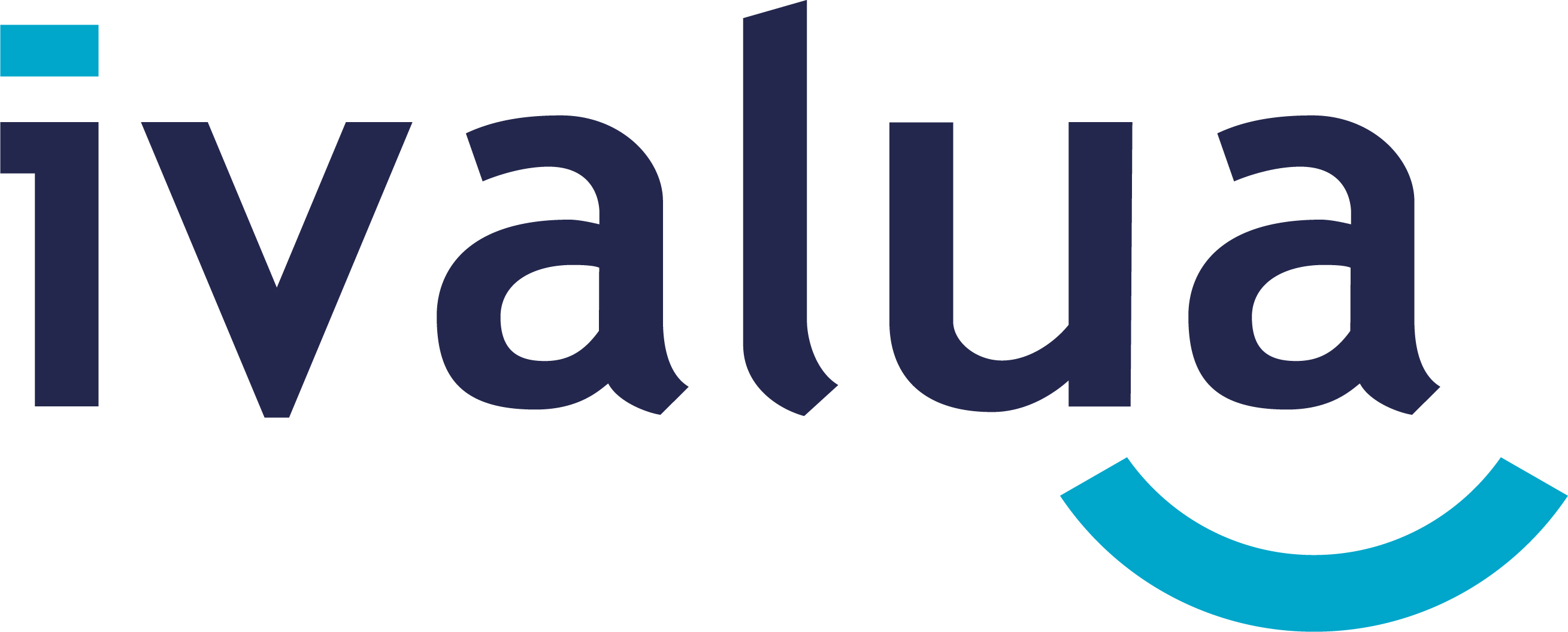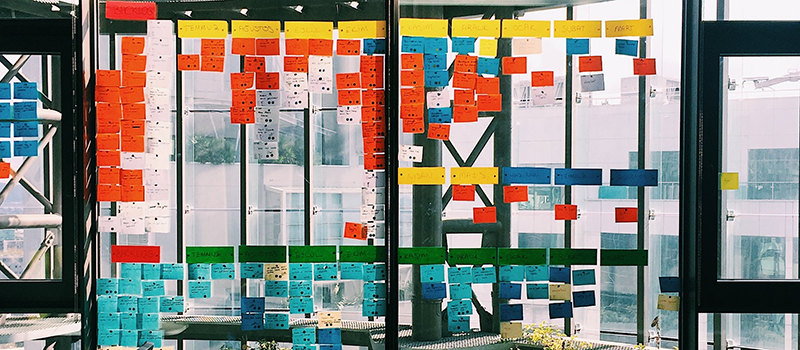Each government agency faces unique challenges in how it acquires goods and services and ensures transparency to meet constituents’ needs. With a modern procurement platform that is purpose-built for government, the diverse needs of contract officers, suppliers and constituents can all be fulfilled.
For example, Arizona’s e-procurement has been a decade-long pursuit. The state brought it’s first electronic procurement system online in 2009, bringing numerous digital improvements. When they conducted another competitive evaluation process mid-decade looking to take advantage of technology advancements, they selected an Ivalua procurement platform to replace the existing application.
Since the new system went live in fall 2018, the procurement office has focused on releasing the advanced features the cloud-based Ivalua application offers, including tighter access controls to platform capabilities and data.
By moving to a collaborative and flexible procurement solution, agencies like Arizona are able to take advantage of the use of intelligent workflow, increased automation, the creation of collaboration networks and improved transparency.
Below are best practices for your agency to adopt an agile acquisition approach supported by a flexible procurement platform.
1. Evaluate the solidity of your current acquisition strategy
Does your agency have a leader or champion driving the transition to a more agile acquisition strategy, with buy-in from above? Have you clearly defined roles and responsibilities? Have you established cross-functional teams in which key stakeholders coordinate and execute the acquisition tasks, or work to identify metrics, assess performance, and provide feedback on performance to agency suppliers? All these and more are key to your acquisition strategy — and a healthy acquisition strategy supports innovative solutions and leadership.
“Our overall goal is to have an enterprise strategy in place that’s based on the detailed information that we can pull out of the procurement system.”
-Christina Garza, Applications Manager at the Arizona State Procurement Office.
2. Have clear communication
Effective communication is ultimately about getting buy-in organization-wide, creating awareness and providing an influential voice for stakeholders — “The Voice of the Customer.” Agile requires constant communication and real-time collaboration. Having more information earlier, and having it presented straightforwardly at regular intervals and key acquisition milestones, increases everyone’s confidence. Ways to achieve that may include multiple communication methods, but moving to an Agile methodology focuses on providing real-time access and visibility. Key stakeholders should not have to wait for a weekly or monthly progress update. They should be able to view key status indicators and have all critical information at their fingertips when logging into their procurement platform.
3. Focus on outcome-based solutions
Agencies should adopt policies that emphasize outcome-based acquisitions as opposed to the prevailing specification-based acquisitions. This means agency leaders need to communicate their strategic objectives and goals to their participating suppliers. “When you move to outcomes- or solution-based acquisition, you’re really getting to the key, core needs of the agency and eliminating unnecessary steps in the acquisition process,” Cook said.
4. Develop best practices through private-sector and internal collaboration
“Some agencies have developed procurement innovation labs in which they’re able to think about Other Transaction Authorities and nimble ways of reaching out to the market and vendors, whom you wouldn’t typically interact with,” Arthur said. Labs such as these, plus collaborating with and learning from private-sector organizations that have Agile acquisition processes and technologies in place, can help the public sector get up to speed.
5. Partner with the right vendor
Partner is the keyword. Vendors that can move agencies forward into modern acquisition will have adopted private-sector procurement best practices. They’re likely to offer predictive risk indicators and analytics, enabling proactive mitigation and realtime monitoring, and they’ll understand how to work within existing legacy systems. “The path to modern and agile acquisition processes is a journey and it is critical to select a vendor that will be a partner that is committed for the long term,” Cook said. “The platform you choose should provide the flexibility to scale up or scale down as your business changes or new features and functionalities are available to maximize the value of your organization’s investment in a procurement technology platform.”
This article is an excerpt from GovLoop’s recent report, “The Journey to Agile Acquisition,” download the full report here to learn why collaborative, agile procurement solutions are the best bet for agencies looking to modernize.






Leave a Reply
You must be logged in to post a comment.